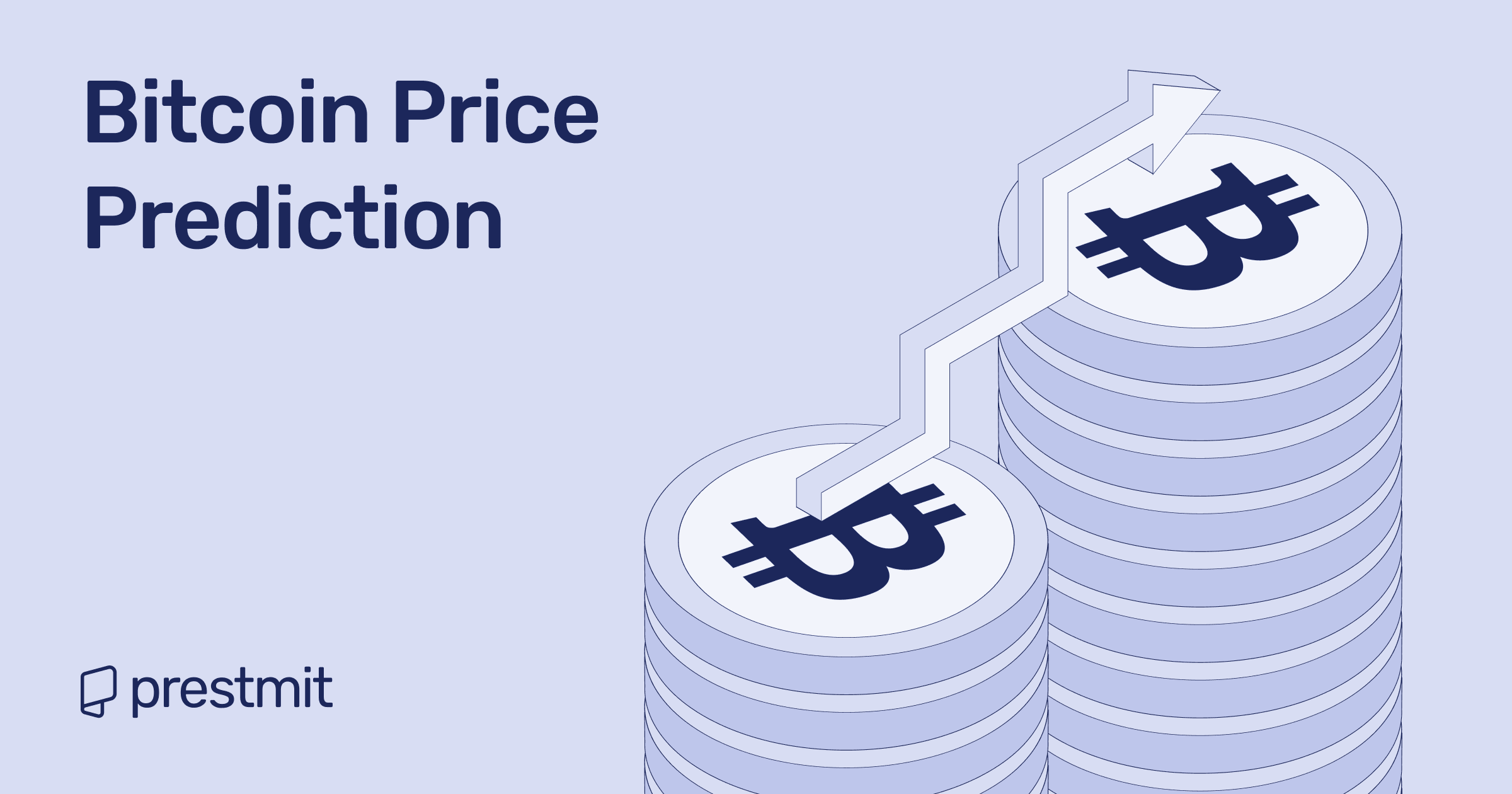Table of Contents
Early in 2025, analyst Geoffrey Kendrick predicted Bitcoin could hit $120,000 by the second quarter of the year, and some skeptics laughed it off. But Bitcoin has been turning doubters into believers since its creation in 2009. It did hit that mark and even briefly overtook Google’s market cap in August 2025. If you had the chance to buy it early and passed, you’re probably shedding hot tears right now. Now imagine how much more it would hurt if Bitcoin ever hit $1 million per coin.
Not long ago, Bitcoin reaching $1 million would’ve seemed outrageous, but now, it is a serious conversation. With the kind of growth Bitcoin has achieved after smashing past $100K in December 2024, a growing number of investors and analysts now believe $1 million isn’t just possible, it’s inevitable.
In this article, we’ll unpack the drivers pushing Bitcoin higher, the experts making the case for $1 million, what a $1 million BTC could mean for the world, and whether you should believe the hype.
Drivers of Bitcoin’s Strong Rally in 2025

So, what’s driving Bitcoin’s rally in 2025? Let’s break it down.
1. Limited Supply
Bitcoin’s supply is capped at 21 million coins, hardwired into the code by Satoshi Nakamoto, the mysterious genius behind Bitcoin. As of 2025, about 19.8 million Bitcoins have been mined, leaving less than 1.2 million remaining to be created. This built-in scarcity continues to drive demand, making Bitcoin a solid pick for long-term investors.
2. Institutional Investment
Institutional investment in Bitcoin reached $414 billion by August 2025, driven by exchange-traded funds (ETFs) like BlackRock and corporate holde4s such as Strategy (MicroStrategy) and Japanese firm, Metaplanet. BlackRock alone manages $75 billion in Bitcoin through its iShares Bitcoin Trust. This significant institutional involvement adds credibility and stability to the market.
3. Broad Adoption
Bitcoin is making its way into the real world. A growing number of businesses now accept it as a form of payment, and apps now allow you to send Bitcoin as easily as cash. Countries such as the US is even exploring the idea of keeping Bitcoin in their reserve. Every new adoption increases legitimacy and stability, moving Bitcoin closer to becoming a part of everyday transactions.
4. Regulatory Clarity
With countries now defining how Bitcoin can be used, traded, and taxed, investors feel safer jumping in. Supportive regulations have reduced the fear of sudden bans, giving both everyday people and institutional investors more confidence. For instance, the CLARITY ACT in the US would establish a clear regulatory framework for digital assets. The bill would split jurisdiction between the Commodity Futures Trading Commission (CFTC), overseeing “digital commodities,” and the Securities and Exchange Commission (SEC), overseeing “restricted digital assets.”
5. Macroeconomic Factors
Bitcoin is riding today’s shaky global economy. Inflation, weakening currencies, and economic uncertainty are pushing investors toward assets that can’t be printed endlessly, and Bitcoin fits the bill perfectly. As more money flows in from worried investors hoping for a safer alternative to invest in, demand increases, liquidity tightens, and prices shoot up.
Can Bitcoin Hit $1 Million?
We’ve seen how scarcity, adoption, and big institutional investments are already sending Bitcoin higher, but what would it take to reach the $1 million milestone? There’s more to the story.
For Bitcoin to hit that mark, several additional factors need to be in play: For starters, institutions would need to do more than dip their toes in Bitcoin. Michael Saylor argues that if Wall Street shifted even 10% of its reserves into Bitcoin, the market cap could hit $20 trillion, pushing the price toward $1 million. Right now, most institutions are just testing the waters, which leaves plenty of room to grow.
Then comes global adoption. Experts say Bitcoin would need to be used or held by at least 20%–40% of the world’s population for it to hit the $1 million milestone. This means smoother apps, solutions that make transactions faster and cheaper, better wallets, and education so that regular people can use it without needing a PhD in blockchain.
And finally, Regulation has to play a major role. Supportive laws like the GENIUS Act and Clarity Act are already making the rules clearer for crypto, which reduces uncertainty and builds confidence for both big investors and everyday buyers. The more predictable the rules, the more comfortable money becomes flowing into Bitcoin.
Combine all of these factors, institutions scaling up, global adoption, clear regulations, and better technology, and the $1M milestone stops looking like fantasy and starts looking like a possible future. It won’t happen overnight, but the roadmap is already there.
Experts & Analysts’ Predictions
Some analysts and big names have become believers in Bitcoin’s $1 million potential. Here are a few of them:
1. Jack Dorsey (Twitter/Block Founder)
Jack Dorsey is not just tweeting about Bitcoin; he’s building payment infrastructure around it. He believes that Bitcoin’s price could surpass $1 million by 2030, driven by its growing ecosystem.
2. Samson Mow (Bitcoin Advocate)
Samson Mow, a prominent Bitcoin advocate, has frequently predicted that Bitcoin will reach $1 million per coin. He attributes this potential surge to factors like ETF approvals, halving cycles, and national adoption.
3. Arthur Hayes (Former BitMEX CEO)
Arthur Hayes believes Bitcoin could climb to $1 million by 2028. If the U.S. Federal Reserve starts printing more money and lowering interest rates to boost the economy, it could weaken the dollar and make scarce assets like Bitcoin far more attractive.
4. Cathie Wood (CEO of ARK Invest)
Cathie’s crystal ball puts Bitcoin at $600K by 2030, with a bullish projection that could reach $1.5 million by 2030. Her optimistic outlook is supported by increasing institutional investment and favorable regulatory developments. For her, Bitcoin is part of the future of finance.
5. Finder.com Survey
A panel of 24 crypto experts surveyed by Finder.com predicts that Bitcoin could reach an average of $1.02 million by 2035. Though they believe we’ll only see $145,000 by the end of 2025.
6. Robert Kiyosaki (Author of “Rich Dad Poor Dad”)
Robert Kiyosaki sees Bitcoin reaching $1 million by 2030. He emphasizes Bitcoin’s role as a hedge against economic instability and inflation.
7. Cantor Fitzgerald Analysts
Analysts at Cantor Fitzgerald have stated that a $1 million Bitcoin is “highly likely” in the future if MicroStrategy keeps hoarding coins, and the U.S. makes clearer regulations.
What Happens If Bitcoin Hits $1 Million?
If Bitcoin ever reaches $1 million per coin, the effects would be massive, not just for investors but for the broader economy. Here’s what could happen:
1. Life-Changing Gains for Early Holders
Anyone who bought Bitcoin years ago would see their investments skyrocket. Even tiny bets (a $100 buy in the early days) could turn into millions, creating one of the biggest wealth transfers in history. Early believers who once looked crazy for holding Bitcoin would look like visionaries, cementing their place as some of the luckiest investors of our time.
2. Institutional Portfolios will Soar
Companies and funds already holding Bitcoin would see their balance sheets swell. Treasuries that put even a little into Bitcoin would look genius in hindsight, turning small bets into massive wins.
3. Market & Economic Ripples
A $1 million Bitcoin would move traditional markets. Investors would rebalance portfolios, central banks would watch closely, and financial institutions might adjust their playbooks to include digital assets in a bigger way.
4. Whale Sell-offs
If Bitcoin nears $1 million, big holders (known as whales) might decide it’s time to cash out. Since just a handful of wallets control a massive share of the supply, even a few large sell-offs could trigger violent swings in price. Imagine billions of dollars suddenly hitting the market at once; the ripple effects could shake exchanges, wipe out over-leveraged traders, and flood headlines.
Frequently Asked Questions (FAQs) About Bitcoin’s $1 Million Price Prediction
Can people still buy Bitcoin if it hits $1 million?
Yes, people can still buy in. You don’t need to buy a whole Bitcoin; it can be divided into tiny fractions called satoshis. The real question isn’t whether you can afford it, but whether you believe Bitcoin will keep rising beyond $1M, or stay strong as digital gold.
Could governments ban Bitcoin if it gets that big?
Some governments might try to ban it if it gets that big, but an outright ban is hard to enforce globally. Most major economies are moving toward regulation instead of prohibition.
Would a $1 million Bitcoin crash the economy?
No, a $1 million Bitcoin won’t crash the economy directly. It would shake up financial markets, but most of the impact would be on how wealth shifts between old and new assets.
If Bitcoin hits $1M, is there room to go higher?
Yes, it is a possibility. Some analysts argue that if adoption keeps growing, $1M might just be another stop on the way, though there may be higher risks as the numbers climb.
How would $1M Bitcoin affect the average person?
It could affect the average person indirectly. Even if you don’t own Bitcoin, it could affect markets, banking, and even how governments think about money.
Conclusion
Bitcoin hitting $1 million isn’t just a wild dream anymore; it’s a serious prediction backed by experts, models, and big institutional moves.
The road to $1 million won’t be smooth. Early believers could cash out big, institutions will rethink their playbooks, markets may wobble, and whales could stir chaos. But whether Bitcoin ever touches $1M or not, one thing is certain: Bitcoin is not just hype anymore. It is a global financial force, and the world is watching its next move.
Last updated on November 27, 2025

